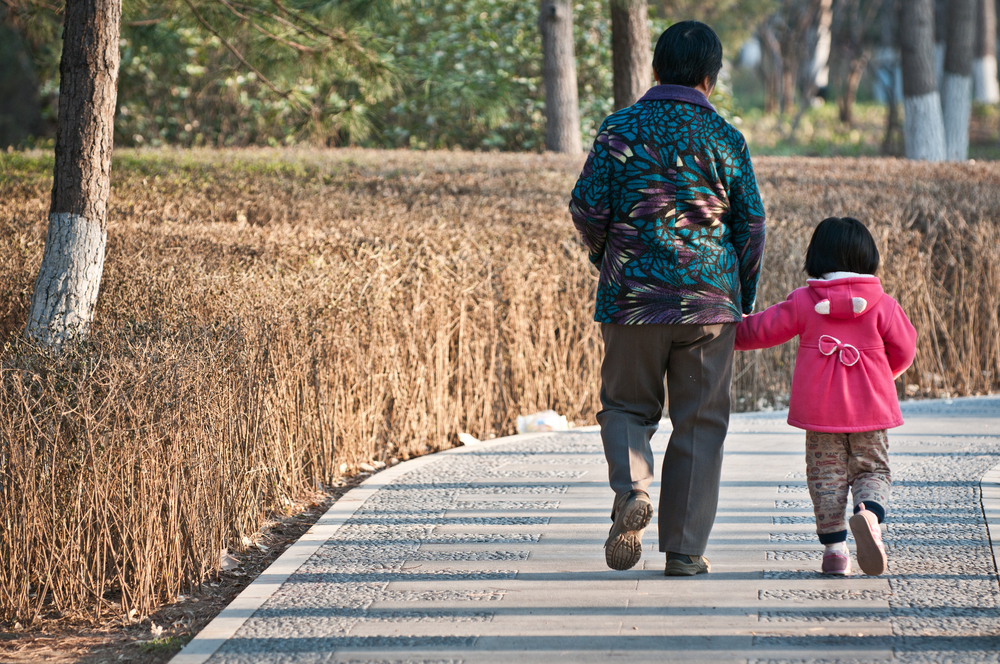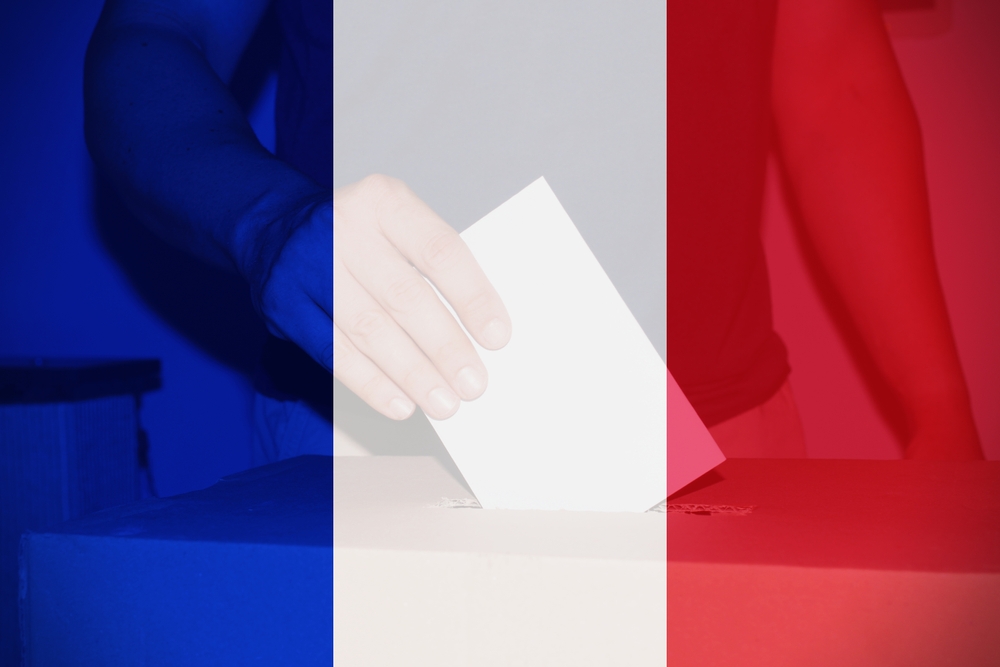How To Care Less About Your Email
Inbox taking over your life? Take a page from the email slackers and naysayers and try declaring email bankruptcy, setting filters—and just letting it go.
Reed Omary, a radiologist in Nashville, Tenn., logged into one of his work inboxes one day last winter, selected thousands of unread emails and, with the click of a mouse, removed them from his life.
“I just deleted the whole kit and caboodle,” he says with a shrug. “If they’re important, they’ll come back.”
So many of us spend our days ruled by email: constantly refreshing, wading through detritus, paralyzed by the pressure of crafting a reply to the one note that actually matters. The moment we reach inbox zero, and few of us ever do, the ding sounds again.
Maybe we need to take a page from the defectors. You know the ones—those co-workers who are good at their jobs, but don’t seem to care all that much about your note. If they bother to move messages into folders, it’s with the express purpose of forgetting them forever. They stick to Slack or Teams and ignore everything else.
Some set up highly specific out-of-office responses—I only check email at 9 a.m. and 3 p.m.; I’m with a client today—which they seem to actually mean. They’ll get back to you next week. Meanwhile, they…get work done?
“Checking email feels fast, it feels productive,” says Greg McKeown, a business author and speaker. “But the stuff that matters isn’t moving forward.”
His suggestion: Don’t even go there. Start your day by writing a list of priorities on a piece of paper. Block two half-hour slots on your calendar to really deal with your email—rather than scrolling through constantly—and ignore it the rest of the time, he says.
Of course, some jobs take place almost exclusively via inbox. Some folks might get in trouble with the boss if they let a note languish for half a day. Some are just addicted to seeing what’s new.
“You never know what you’re going to get,” Mr. McKeown says. “Pull the handle again. Could be amazing, could be terrible, could be nothing.”
For years, Stephanie Worrell took pride in responding to emails nearly instantaneously, even at 2 a.m. She bought a board to affix to her bathtub and positioned her laptop there, just watching her emails come through while she soaked.
“There’s a high to it,” says the 54-year-old, who lives in Boston. “Someone thinks I’m important.”
Her children were less impressed. They complained she was always typing out a note. She developed back pain from sitting so much.
She started setting a timer, limiting herself to two 15-minute checks a day, and found that not much happened if she only answered the five most important notes out of 100. She urged clients and colleagues to text her if they needed something fast.
These days, she has 46,000 emails languishing across three inboxes, and zero anxiety over it.
“I feel free,” she says.
People who take control of their inboxes are calmer, happier, more productive and better at hitting work goals, says Emma Russell, a senior lecturer at the University of Sussex who studies the impact of email. The key is making a plan—for example, pledging to log off after 6 p.m. and on weekends–and then publicly declaring it.
Talk to your boss to find out what’s acceptable and what’s not, coaches and researchers told me. Negotiate if you have to. Often just asking your manager to verbalize specific guidelines makes clear no one expects a reply within two minutes.
The liberation can go awry. When Johan Lundström, a scientist based in Stockholm, deleted all his email after a three-week vacation, he was elated. A year later, a colleague asked him why he hadn’t moved forward with an award for his research, which focuses on the human sense of smell. Turns out, he’d been up for a $10,000 grant. He’d just needed to respond to an email within a week.
Though irritated about the lost funding, he has no regrets.
“I was high for a week, looking at my almost clean inbox,” he says.
Now he reads his emails but rarely responds; when he does it’s with a couple-word answer. He’s implemented a 15-minute delay for incoming messages so he isn’t constantly inundated. The best part: The less email he puts into the world, the less the world sends back to him.
He still remembers once spending an eight-hour trans-Atlantic flight clearing out 200 messages. His inbox was flooded with replies the next day.
“It was just like a horrible circular work of hell,” he says.
Filters and folders can help ensure fewer useless emails clog your inbox, says Matt Plummer, chief executive of Zarvana, a coaching and corporate training firm. Move things like newsletters into a separate folder for less important emails, ones that require a scan, not a response. Set a weekly appointment to read those.
Then route emails from the top five people at your job—your big client, your boss—into a folder you check hourly. You can get even more granular, flagging emails that have your name in the body, or assigning ones where you’re just cc’ed a less important label. But no need to spend five hours on a Sunday creating some elaborate system, he says. Just sort as you go, and keep it simple.
“Don’t have 37 email folders,” he says.
Every few years, digital and agile consultant Luba Sakharuk will get inspired by a productivity guru and attempt to organize her inbox. The effort generally lasts a few hours.
“The second I clean up, I freaking lose something,” she says, by misplacing files in mystery folders, accidentally deleting documents.
She had pined to be like the zero-inbox crowd, tidy and under control. But recently she has been thinking: Eh, whatever.
“I’m getting stuff done. Clients are happy,” she says. “If this chaos is my way, then that’s my way.”
Reprinted by permission of The Wall Street Journal, Copyright 2021 Dow Jones & Company. Inc. All Rights Reserved Worldwide. Original date of publication: May 23, 2022.
This stylish family home combines a classic palette and finishes with a flexible floorplan
Just 55 minutes from Sydney, make this your creative getaway located in the majestic Hawkesbury region.
As Paris makes its final preparations for the Olympic games, its residents are busy with their own—packing their suitcases, confirming their reservations, and getting out of town.
Worried about the hordes of crowds and overall chaos the Olympics could bring, Parisians are fleeing the city in droves and inundating resort cities around the country. Hotels and holiday rentals in some of France’s most popular vacation destinations—from the French Riviera in the south to the beaches of Normandy in the north—say they are expecting massive crowds this year in advance of the Olympics. The games will run from July 26-Aug. 1.
“It’s already a major holiday season for us, and beyond that, we have the Olympics,” says Stéphane Personeni, general manager of the Lily of the Valley hotel in Saint Tropez. “People began booking early this year.”
Personeni’s hotel typically has no issues filling its rooms each summer—by May of each year, the luxury hotel typically finds itself completely booked out for the months of July and August. But this year, the 53-room hotel began filling up for summer reservations in February.
“We told our regular guests that everything—hotels, apartments, villas—are going to be hard to find this summer,” Personeni says. His neighbours around Saint Tropez say they’re similarly booked up.
As of March, the online marketplace Gens de Confiance (“Trusted People”), saw a 50% increase in reservations from Parisians seeking vacation rentals outside the capital during the Olympics.
Already, August is a popular vacation time for the French. With a minimum of five weeks of vacation mandated by law, many decide to take the entire month off, renting out villas in beachside destinations for longer periods.
But beyond the typical August travel, the Olympics are having a real impact, says Bertille Marchal, a spokesperson for Gens de Confiance.
“We’ve seen nearly three times more reservations for the dates of the Olympics than the following two weeks,” Marchal says. “The increase is definitely linked to the Olympic Games.”

Getty Images
According to the site, the most sought-out vacation destinations are Morbihan and Loire-Atlantique, a seaside region in the northwest; le Var, a coastal area within the southeast of France along the Côte d’Azur; and the island of Corsica in the Mediterranean.
Meanwhile, the Olympics haven’t necessarily been a boon to foreign tourism in the country. Many tourists who might have otherwise come to France are avoiding it this year in favour of other European capitals. In Paris, demand for stays at high-end hotels has collapsed, with bookings down 50% in July compared to last year, according to UMIH Prestige, which represents hotels charging at least €800 ($865) a night for rooms.
Earlier this year, high-end restaurants and concierges said the Olympics might even be an opportunity to score a hard-get-seat at the city’s fine dining.
In the Occitanie region in southwest France, the overall number of reservations this summer hasn’t changed much from last year, says Vincent Gare, president of the regional tourism committee there.
“But looking further at the numbers, we do see an increase in the clientele coming from the Paris region,” Gare told Le Figaro, noting that the increase in reservations has fallen directly on the dates of the Olympic games.
Michel Barré, a retiree living in Paris’s Le Marais neighbourhood, is one of those opting for the beach rather than the opening ceremony. In January, he booked a stay in Normandy for two weeks.
“Even though it’s a major European capital, Paris is still a small city—it’s a massive effort to host all of these events,” Barré says. “The Olympics are going to be a mess.”
More than anything, he just wants some calm after an event-filled summer in Paris, which just before the Olympics experienced the drama of a snap election called by Macron.
“It’s been a hectic summer here,” he says.

AFP via Getty Images
Parisians—Barré included—feel that the city, by over-catering to its tourists, is driving out many residents.
Parts of the Seine—usually one of the most popular summertime hangout spots —have been closed off for weeks as the city installs bleachers and Olympics signage. In certain neighbourhoods, residents will need to scan a QR code with police to access their own apartments. And from the Olympics to Sept. 8, Paris is nearly doubling the price of transit tickets from €2.15 to €4 per ride.
The city’s clear willingness to capitalise on its tourists has motivated some residents to do the same. In March, the number of active Airbnb listings in Paris reached an all-time high as hosts rushed to list their apartments. Listings grew 40% from the same time last year, according to the company.
With their regular clients taking off, Parisian restaurants and merchants are complaining that business is down.
“Are there any Parisians left in Paris?” Alaine Fontaine, president of the restaurant industry association, told the radio station Franceinfo on Sunday. “For the last three weeks, there haven’t been any here.”
Still, for all the talk of those leaving, there are plenty who have decided to stick around.
Jay Swanson, an American expat and YouTuber, can’t imagine leaving during the Olympics—he secured his tickets to see ping pong and volleyball last year. He’s also less concerned about the crowds and road closures than others, having just put together a series of videos explaining how to navigate Paris during the games.
“It’s been 100 years since the Games came to Paris; when else will we get a chance to host the world like this?” Swanson says. “So many Parisians are leaving and tourism is down, so not only will it be quiet but the only people left will be here for a party.”
This stylish family home combines a classic palette and finishes with a flexible floorplan
Just 55 minutes from Sydney, make this your creative getaway located in the majestic Hawkesbury region.

















